Home>Furniture & Design>Interior Design Trends>How To Clean Glass Baking Dish
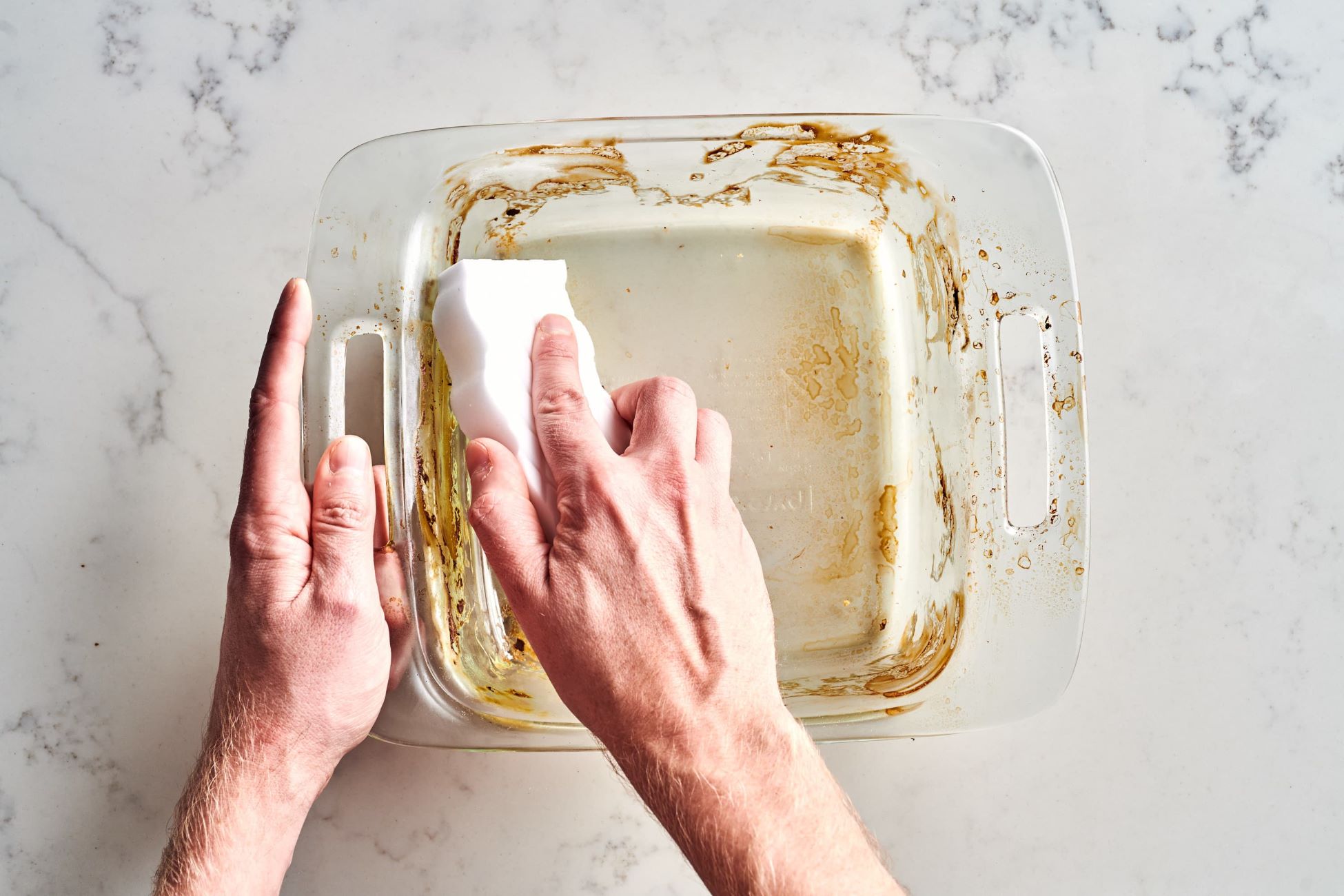

Interior Design Trends
How To Clean Glass Baking Dish
Published: February 4, 2024
Learn the best methods for cleaning a glass baking dish and keeping it in top condition. Discover the latest interior design trends for your kitchen.
(Many of the links in this article redirect to a specific reviewed product. Your purchase of these products through affiliate links helps to generate commission for Storables.com, at no extra cost. Learn more)
Introduction
Cleaning a glass baking dish may seem like a daunting task, especially when it's adorned with stubborn food residues and unsightly stains. However, with the right techniques and a bit of elbow grease, restoring your glass baking dish to its pristine state can be a straightforward and rewarding endeavor. Whether you're a seasoned home chef or an occasional baker, maintaining the cleanliness of your glass bakeware is essential for both hygiene and presentation. A sparkling clean baking dish not only ensures the purity of your culinary creations but also elevates the visual appeal of your dishes when served.
In this comprehensive guide, we will walk you through a series of simple yet effective steps to achieve a spotless glass baking dish. From gathering the necessary supplies to employing natural cleaning agents, we'll cover everything you need to know to tackle even the most stubborn stains. By the end of this guide, you'll be equipped with the knowledge and confidence to keep your glass baking dish in immaculate condition, ready to be used for your next culinary masterpiece.
So, roll up your sleeves, gather your cleaning supplies, and let's dive into the art of restoring the brilliance of your glass baking dish. Whether it's a cherished family heirloom or a recent addition to your kitchen arsenal, your glass baking dish deserves the care and attention that will preserve its beauty and functionality for years to come. Let's embark on this cleaning journey together and rediscover the joy of cooking with a sparkling clean glass baking dish as our trusted companion.
Key Takeaways:
- Cleaning a glass baking dish is easy with simple supplies like dish soap, baking soda, vinegar, and warm water. Soak, scrub, and rinse to restore its sparkle and keep your culinary creations pure and visually appealing.
- By following the steps in this guide, you can maintain the cleanliness of your glass baking dish, ensuring it remains a reliable companion in your culinary pursuits. The art of cleaning is a celebration of the culinary journey that awaits.
Read more: How To Clean A Dish Washer
Step 1: Gather Your Supplies
Before embarking on the journey to restore your glass baking dish to its former glory, it's essential to gather the necessary supplies. Having the right tools at your disposal will streamline the cleaning process and ensure that you can tackle even the most stubborn stains with ease.
Here's a comprehensive list of supplies you'll need:
-
Dish Soap: Opt for a mild dish soap that is gentle on your hands but tough on grease and grime. Look for a formula that is free from harsh chemicals to protect the integrity of your glass baking dish.
-
Baking Soda: This versatile household staple is a powerhouse when it comes to cleaning. Its gentle abrasiveness makes it ideal for lifting tough stains without scratching the surface of your glass baking dish.
-
Vinegar: White vinegar is a natural cleaning agent that can effectively dissolve mineral deposits and stubborn residues. Its acidic nature makes it a valuable ally in combating tough stains and odors.
-
Soft-Bristled Brush or Sponge: Choose a non-abrasive brush or sponge to scrub your glass baking dish. Avoid using steel wool or harsh scouring pads, as they can leave scratches on the glass surface.
-
Rubber Gloves: While optional, wearing rubber gloves can protect your hands from prolonged exposure to cleaning agents and hot water, ensuring a comfortable and safe cleaning experience.
-
Warm Water: Having access to warm water is crucial for loosening food particles and facilitating the cleaning process. Ensure that you have a reliable source of warm water, whether from your kitchen sink or a separate basin.
-
Dish Towel or Rack: Prepare a clean dish towel or drying rack to air-dry your glass baking dish after cleaning. This will help prevent water spots and ensure a pristine finish.
By assembling these supplies, you'll be well-equipped to tackle the task of cleaning your glass baking dish with confidence and efficiency. With the right tools at your disposal, you can proceed to the next steps knowing that you have everything you need to achieve a sparkling clean result.
Step 2: Soak the Dish
After gathering the necessary supplies, the next step in restoring the brilliance of your glass baking dish involves soaking it to loosen stubborn food residues and stains. This preliminary soaking process is crucial for preparing the dish for thorough cleaning, as it helps to soften hardened particles and make the subsequent cleaning steps more effective.
To begin, place your glass baking dish in a sink or basin and fill it with warm water. The warmth of the water is instrumental in loosening food particles and grease, making them easier to remove during the cleaning process. Ensure that the water level is sufficient to submerge the soiled areas of the dish, allowing the warm water to penetrate and soften the residues.
Depending on the severity of the stains and the duration since their occurrence, you may choose to add a few drops of mild dish soap to the warm water. The gentle cleansing properties of the dish soap can aid in breaking down grease and surface stains, further facilitating the cleaning process.
Allow the dish to soak for at least 15-30 minutes, giving ample time for the warm water and dish soap, if used, to work their magic. During this soaking period, the softened residues will begin to release their grip on the glass surface, making it easier to remove them in the subsequent cleaning steps.
While the dish is soaking, you can use this time to prepare your cleaning tools, such as a soft-bristled brush or sponge and a box of baking soda. Having these tools at the ready will ensure a seamless transition to the next phase of the cleaning process once the soaking period is complete.
Once the soaking time has elapsed, carefully drain the water from the dish and proceed to the next step in the cleaning process. The preliminary soaking has primed the dish for thorough cleaning, setting the stage for the subsequent steps to effectively lift and remove any remaining stains and residues.
By taking the time to soak your glass baking dish, you are laying the foundation for a successful cleaning endeavor. This simple yet essential step sets the stage for the subsequent cleaning techniques, ensuring that you can tackle even the most stubborn stains with confidence and efficiency.
Step 3: Scrub with Baking Soda
With the glass baking dish thoroughly soaked and the softened residues ready for removal, it's time to harness the cleaning power of baking soda. This versatile household staple is renowned for its gentle yet effective abrasive properties, making it an ideal candidate for tackling tough stains without causing damage to the glass surface.
To begin the scrubbing process, sprinkle a generous amount of baking soda directly onto the soiled areas of the glass baking dish. The mild abrasiveness of the baking soda works to lift and loosen stubborn residues, allowing for easier removal during the scrubbing process. Ensure that the baking soda is evenly distributed across the affected areas, covering any visible stains and greasy spots.
Next, dampen a soft-bristled brush or sponge to create a paste-like consistency when combined with the baking soda. The damp brush or sponge will aid in forming a gentle yet effective cleaning agent that can be applied directly to the soiled surfaces of the glass baking dish. The paste-like mixture of baking soda and water creates a non-abrasive yet potent cleaning solution that targets tough stains while safeguarding the integrity of the glass.
With the baking soda paste in hand, gently scrub the affected areas of the glass baking dish using circular motions. The mild abrasiveness of the baking soda, combined with the gentle pressure from the brush or sponge, works to dislodge and lift stubborn residues from the glass surface. Take care to focus on areas with visible stains or greasy buildup, ensuring thorough coverage and attention to detail during the scrubbing process.
As you continue to scrub, you may notice the baking soda paste taking on a discolored appearance, indicating that it is effectively absorbing and lifting the loosened residues from the glass surface. This visual cue serves as a testament to the cleaning power of baking soda, showcasing its ability to restore the brilliance of your glass baking dish.
Once you have thoroughly scrubbed the soiled areas, allow the baking soda paste to remain on the glass baking dish for a few minutes to maximize its cleaning efficacy. This brief period of rest allows the baking soda to further penetrate and lift any remaining residues, preparing them for effortless removal in the subsequent rinsing stage.
After allowing the baking soda paste to work its magic, rinse the glass baking dish thoroughly with warm water to remove the loosened residues and any remnants of the baking soda paste. The combination of warm water and gentle rinsing ensures that the glass surface is left clean and free from any residual cleaning agents, resulting in a pristine finish that showcases the natural brilliance of the glass.
By scrubbing with baking soda, you have harnessed the gentle yet potent cleaning properties of this household staple to effectively lift and remove tough stains from your glass baking dish. This step sets the stage for the final phase of the cleaning process, ensuring that your glass baking dish emerges sparkling clean and ready to grace your culinary endeavors with its pristine presence.
To clean a glass baking dish, soak it in hot soapy water, then scrub with a non-abrasive sponge or brush. For tough stains, make a paste of baking soda and water and scrub gently. Avoid using metal scouring pads to prevent scratching the glass.
Step 4: Use Vinegar for Stubborn Stains
When it comes to combating stubborn stains and mineral deposits on your glass baking dish, white vinegar emerges as a formidable ally in the battle for cleanliness. The acidic nature of vinegar makes it a potent natural cleaning agent, capable of dissolving tough residues and restoring the pristine luster of your glass bakeware.
To harness the cleaning power of vinegar, begin by generously spraying or pouring white vinegar directly onto the stubborn stains and mineral deposits that have proven resistant to previous cleaning efforts. The acidic properties of vinegar work to break down and dissolve mineral deposits, grease, and other stubborn residues, effectively loosening their grip on the glass surface.
Once the vinegar has been applied, allow it to sit on the affected areas for approximately 10-15 minutes, providing ample time for the acidic solution to penetrate and dislodge the stubborn stains. During this brief waiting period, the vinegar works diligently to weaken the bonds between the stains and the glass surface, making them more susceptible to removal in the subsequent cleaning phase.
After the designated waiting time has elapsed, use a soft-bristled brush or sponge to gently scrub the areas where the vinegar has been applied. The combination of the acidic vinegar and the gentle abrasiveness of the brush or sponge creates a dynamic cleaning duo, effectively lifting and dislodging the stubborn stains from the glass surface.
As you scrub, you may notice the stubborn stains and mineral deposits yielding to the cleaning prowess of the vinegar, gradually dissipating and losing their stronghold on the glass baking dish. This visual transformation serves as a testament to the effectiveness of vinegar as a natural cleaning agent, showcasing its ability to restore the brilliance of your glass bakeware.
Following the scrubbing process, rinse the glass baking dish thoroughly with warm water to remove any residual vinegar and loosened residues. The warm water rinse ensures that the glass surface is left clean and free from any lingering traces of vinegar, resulting in a pristine finish that highlights the natural beauty of the glass.
By utilizing vinegar for stubborn stains, you have tapped into the remarkable cleaning potential of this natural solution, effectively conquering tough residues and mineral deposits that may have challenged conventional cleaning methods. This step paves the way for the final phase of the cleaning process, ensuring that your glass baking dish emerges impeccably clean and ready to accompany you on your culinary adventures.
Step 5: Rinse and Dry
After completing the meticulous cleaning process, it's time to give your glass baking dish the final touch that will ensure its pristine condition. The rinsing and drying stage is crucial for removing any residual cleaning agents and water, leaving your glass bakeware sparkling clean and ready for future culinary endeavors.
Begin by thoroughly rinsing the glass baking dish under warm running water. The gentle force of the water stream aids in dislodging any remaining traces of cleaning agents, ensuring that the glass surface is free from any residual particles. As the water cascades over the glass, watch as the remnants of the cleaning process are effortlessly washed away, revealing the natural brilliance of the glass beneath.
While rinsing, take care to inspect the glass baking dish closely, ensuring that all areas, including corners and edges, receive thorough attention. By methodically rinsing the entire surface, you guarantee that no traces of cleaning agents or residues remain, resulting in a pristine and hygienic finish.
Once the rinsing process is complete, carefully inspect the glass baking dish to ensure that it is free from any lingering particles or streaks. The transparency of the glass allows you to gauge the cleanliness of the surface with precision, ensuring that no blemishes or residues compromise its immaculate appearance.
With the glass baking dish thoroughly rinsed, it's time to proceed to the drying phase. Using a clean and dry dish towel, gently pat the surface of the glass to absorb any residual water droplets. Take care to cover the entire surface, ensuring that no moisture remains that could lead to water spots or streaks.
For optimal drying, consider allowing the glass baking dish to air-dry on a clean dish rack. This method promotes even drying and minimizes the risk of water spots, ensuring that your glass bakeware emerges from the cleaning process with a flawless finish.
As the glass baking dish dries, take a moment to admire the results of your meticulous cleaning efforts. The transparency of the glass, now free from stains and residues, reflects the care and attention you've invested in restoring its pristine condition.
With the rinsing and drying process complete, your glass baking dish stands as a testament to the transformative power of effective cleaning techniques. Ready to grace your culinary endeavors with its immaculate presence, it awaits the next opportunity to showcase the beauty of your culinary creations.
Conclusion
In conclusion, the art of cleaning a glass baking dish is a rewarding endeavor that yields far-reaching benefits. By following the comprehensive steps outlined in this guide, you have embarked on a journey to restore the brilliance of your glass bakeware, ensuring that it remains a reliable companion in your culinary pursuits.
From the initial gathering of supplies to the meticulous scrubbing with baking soda and the strategic use of vinegar for stubborn stains, each step has contributed to the revitalization of your glass baking dish. The culmination of these efforts is evident in the pristine finish that now graces the once-soiled surface, reflecting the transformative power of effective cleaning techniques.
As you stand back and admire the glistening glass, free from stains and residues, you can take pride in the care and attention you've invested in preserving the beauty and functionality of your glass baking dish. Beyond its visual appeal, the cleanliness of your glass bakeware ensures the purity of your culinary creations, setting the stage for memorable dining experiences with family and friends.
Moving forward, the knowledge and techniques you've acquired through this guide will serve as valuable assets in maintaining the cleanliness of your glass baking dish. By incorporating these cleaning practices into your routine, you can uphold the pristine condition of your glass bakeware, ensuring that it continues to enhance your culinary endeavors for years to come.
As you return your sparkling clean glass baking dish to its designated place in your kitchen, you carry with you the satisfaction of a task well done. The gleaming surface stands as a testament to your dedication to preserving the beauty and functionality of your culinary tools, reflecting the care and respect you hold for the instruments that bring your culinary creations to life.
With your glass baking dish restored to its pristine state, you are now poised to embark on new culinary adventures, confident in the knowledge that your trusted companion stands ready to elevate your dishes with its immaculate presence. As you create and share delectable meals with loved ones, the radiance of your glass baking dish will mirror the joy and passion infused into every culinary masterpiece.
In the realm of culinary artistry, the cleanliness of your tools is a reflection of your commitment to excellence. With a sparkling clean glass baking dish by your side, you are primed to unleash your creativity and skill, knowing that every dish is presented with the utmost care and attention to detail.
So, as you embrace the art of cleaning your glass baking dish, remember that it is not merely a chore, but a celebration of the culinary journey that awaits. With each cleaning session, you reaffirm your dedication to the craft of cooking and the preservation of its timeless traditions, ensuring that every culinary creation is showcased with the brilliance it deserves.
Frequently Asked Questions about How To Clean Glass Baking Dish
Was this page helpful?
At Storables.com, we guarantee accurate and reliable information. Our content, validated by Expert Board Contributors, is crafted following stringent Editorial Policies. We're committed to providing you with well-researched, expert-backed insights for all your informational needs.
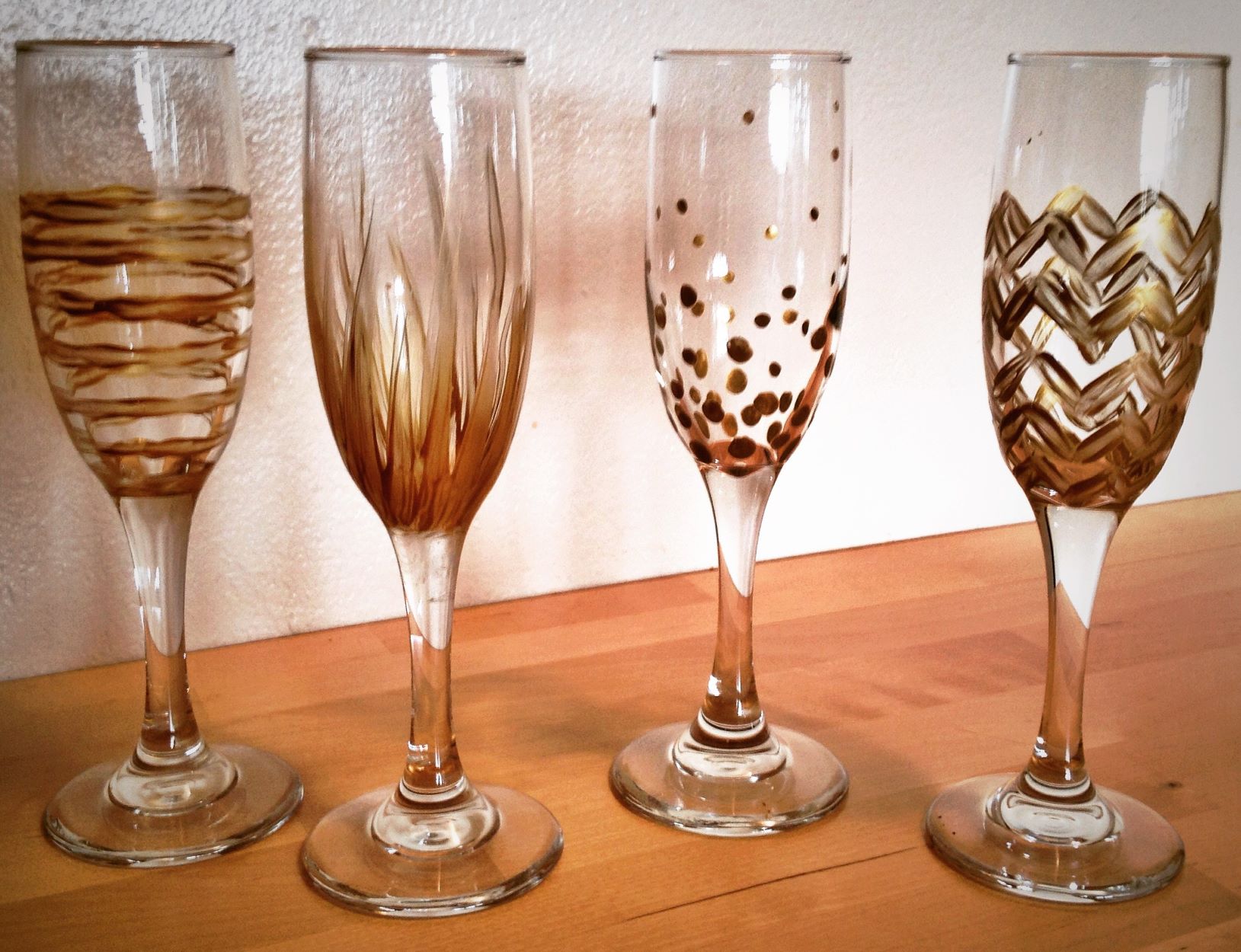
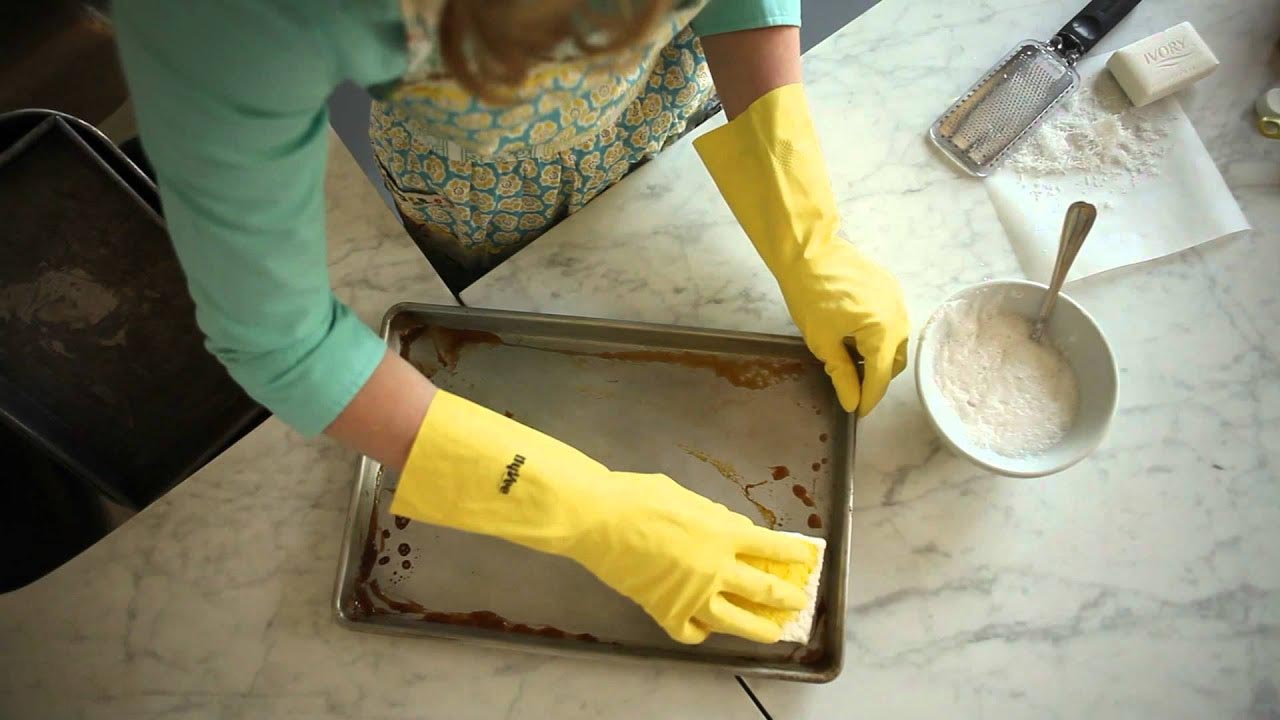
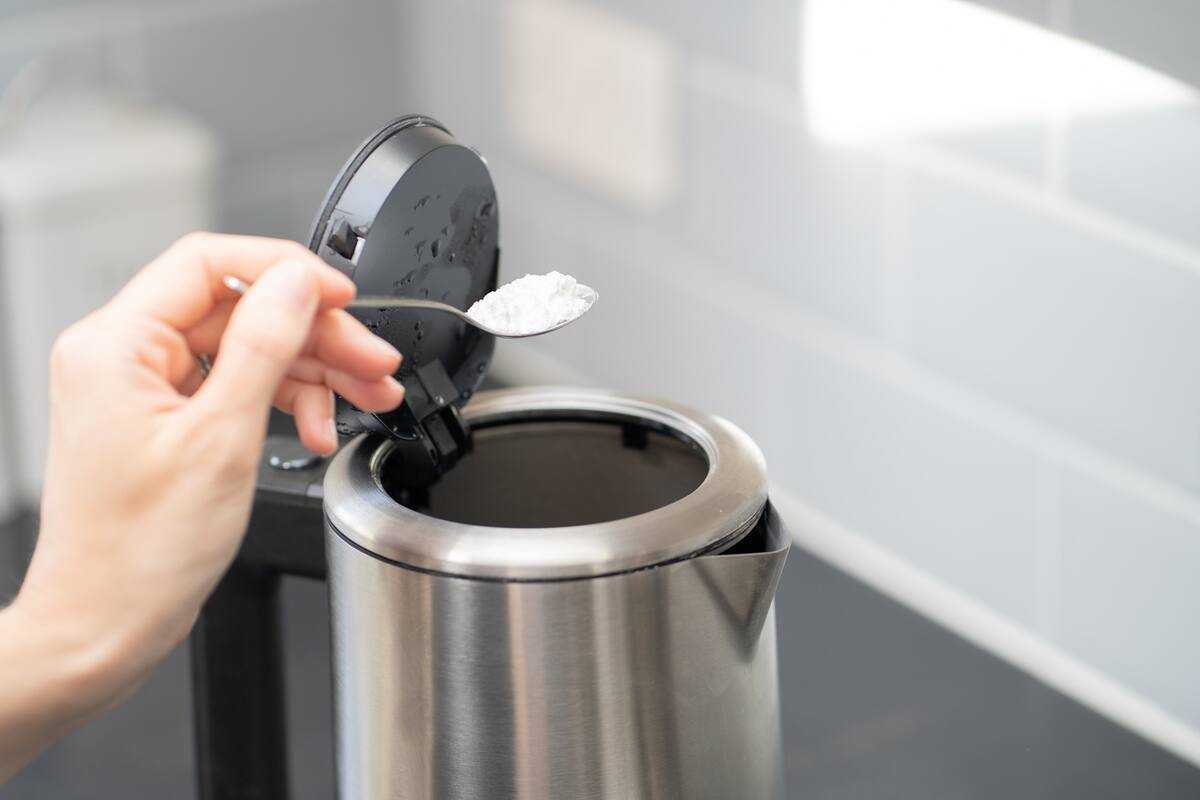
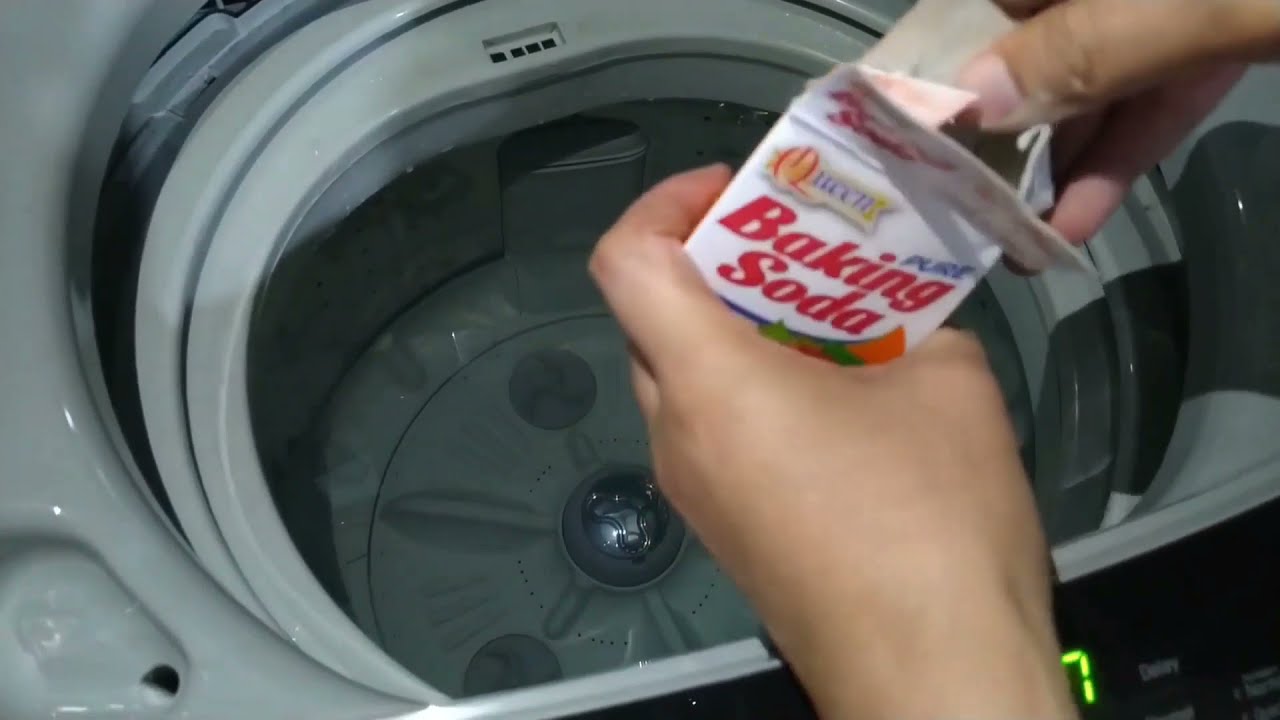
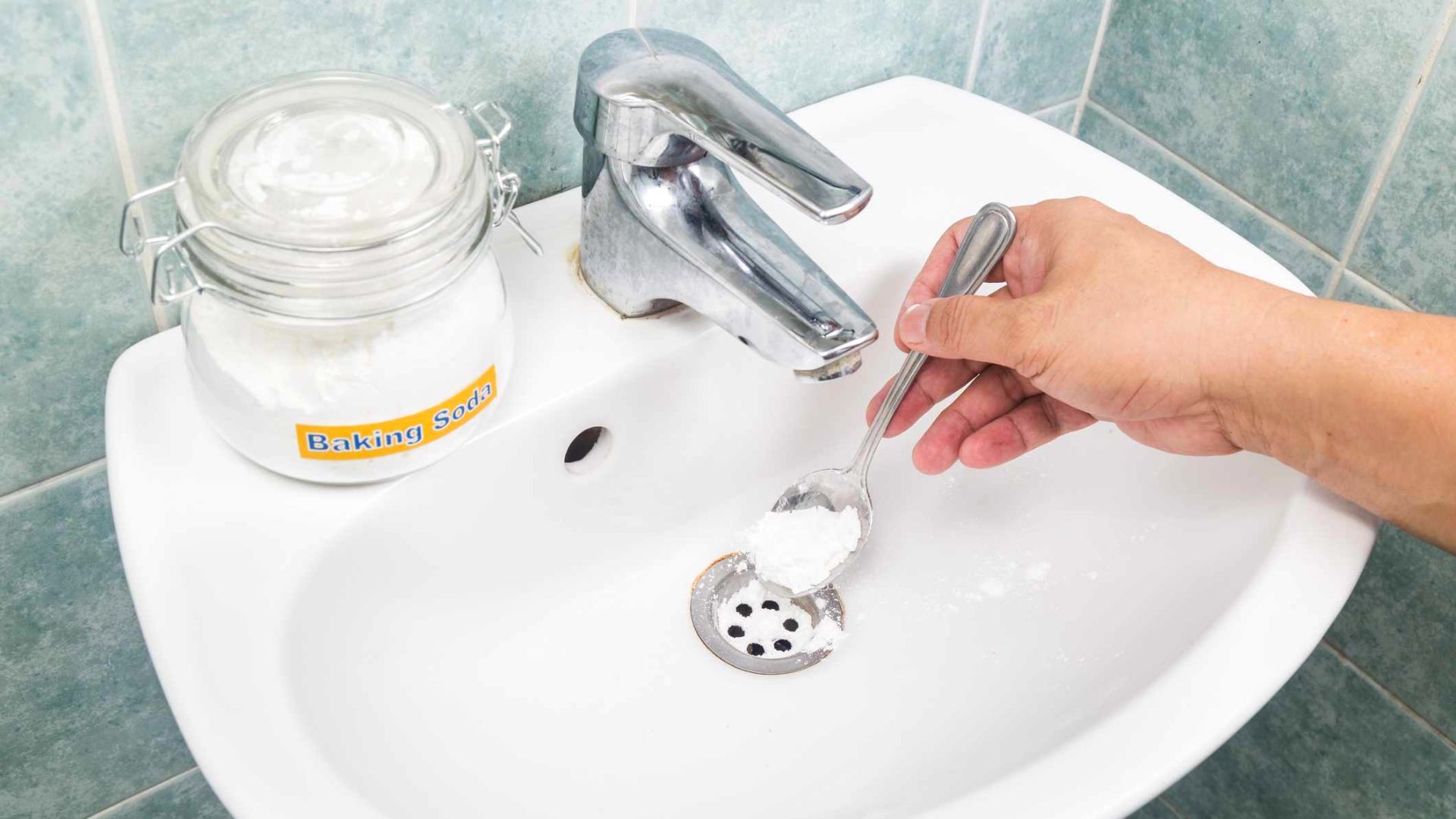
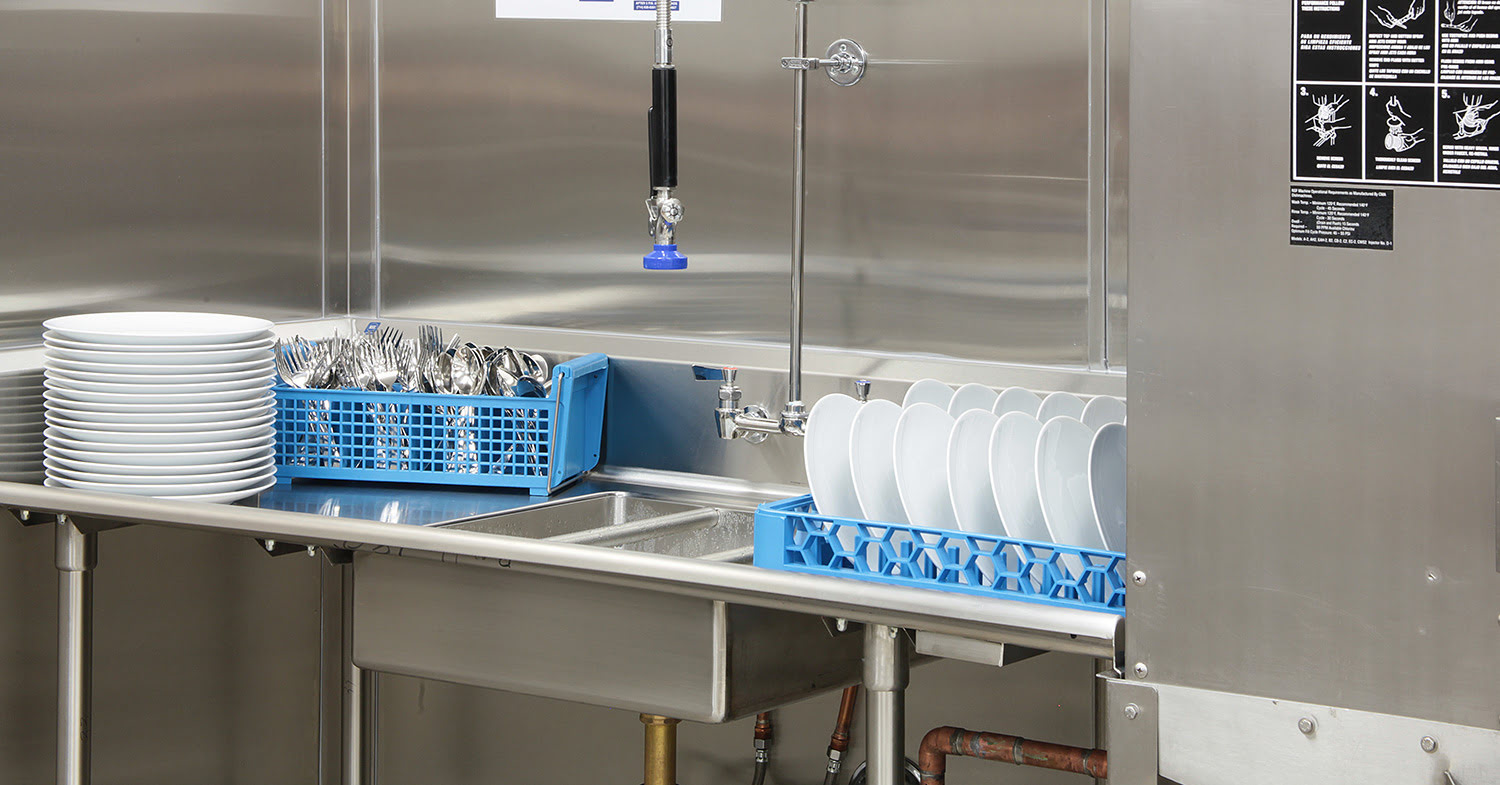
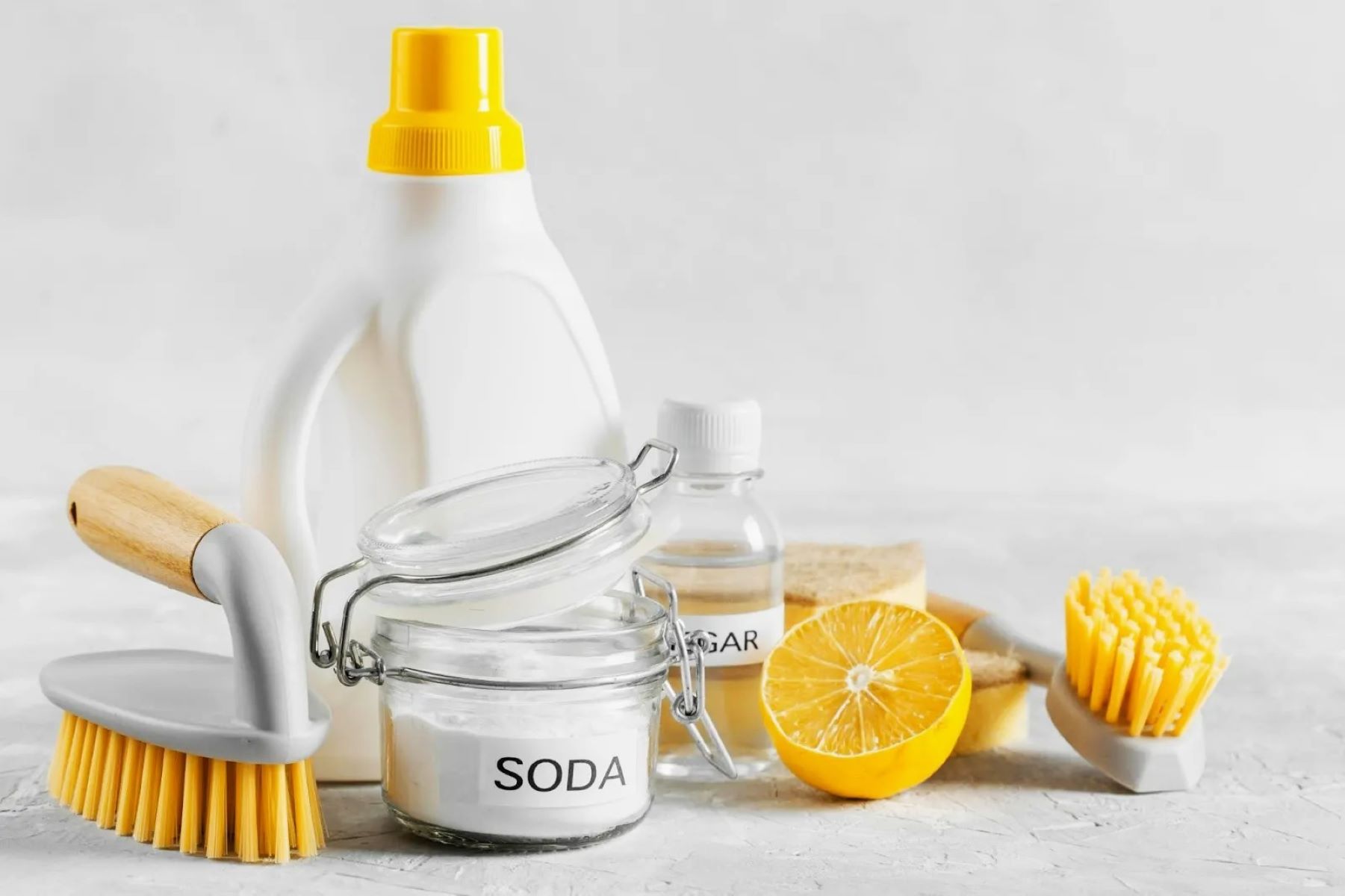
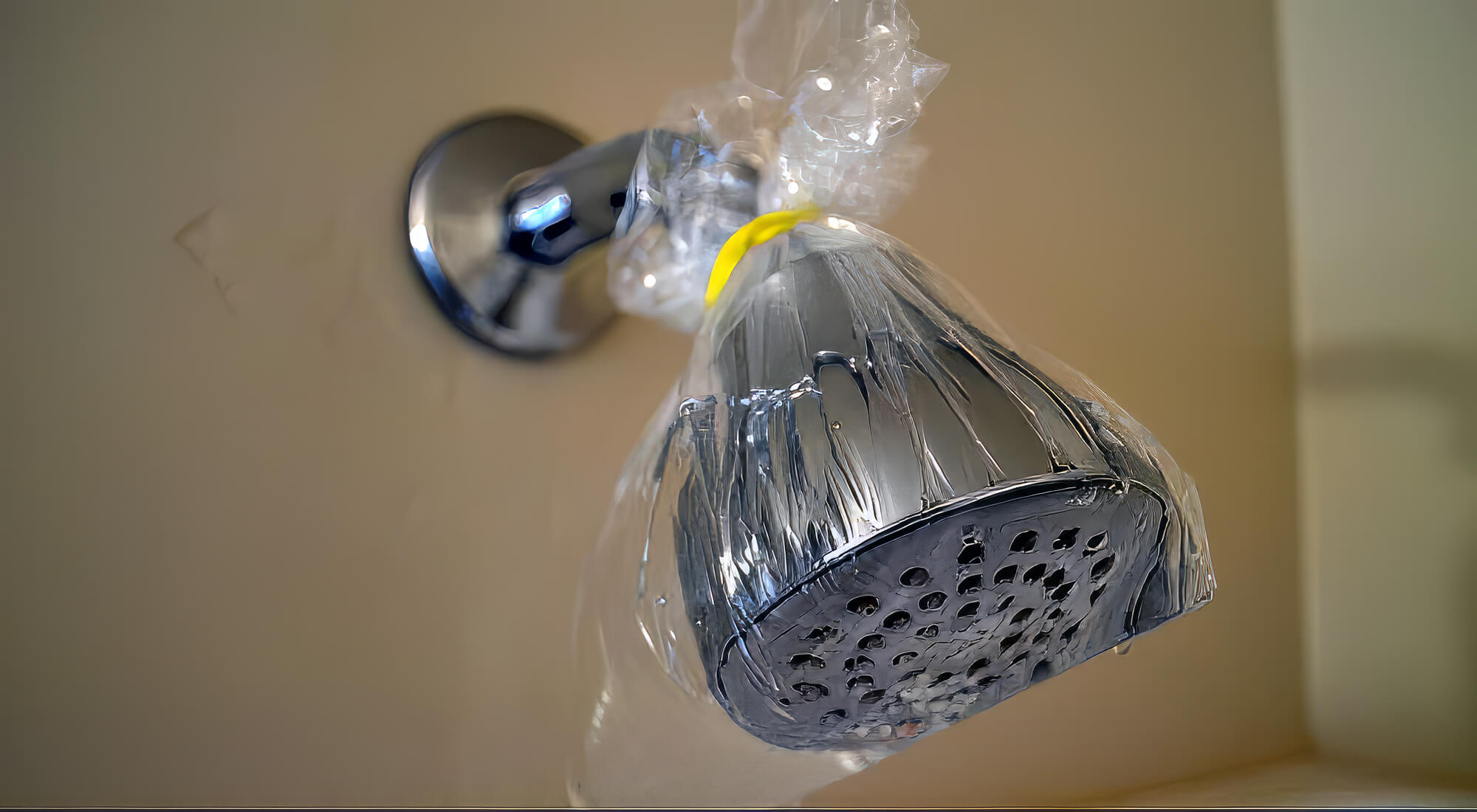
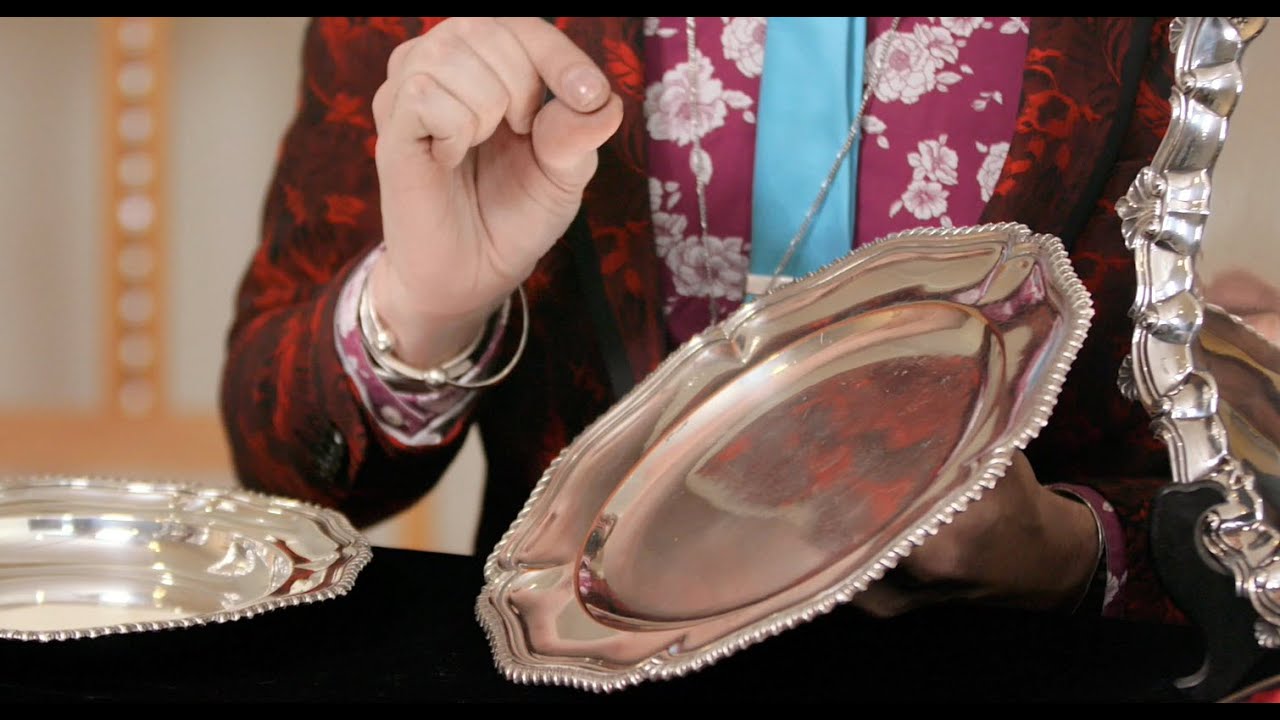
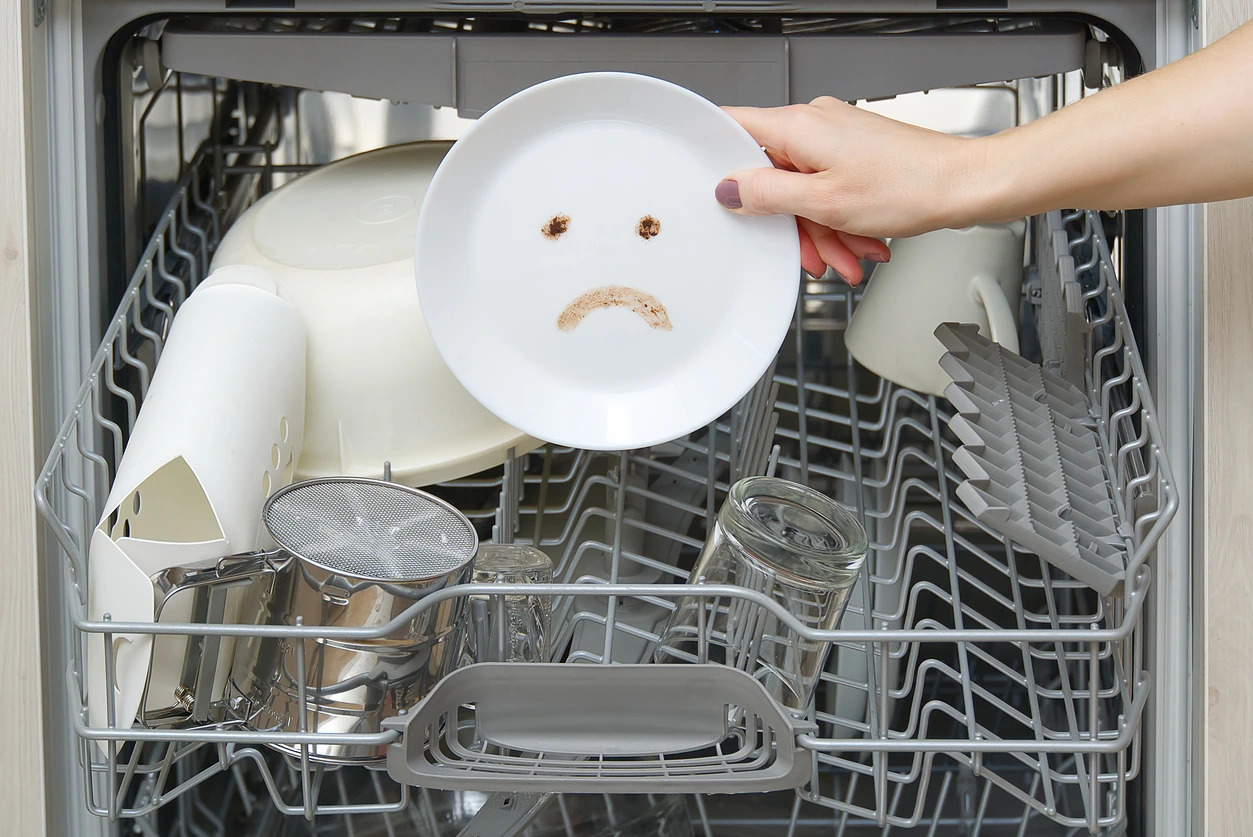
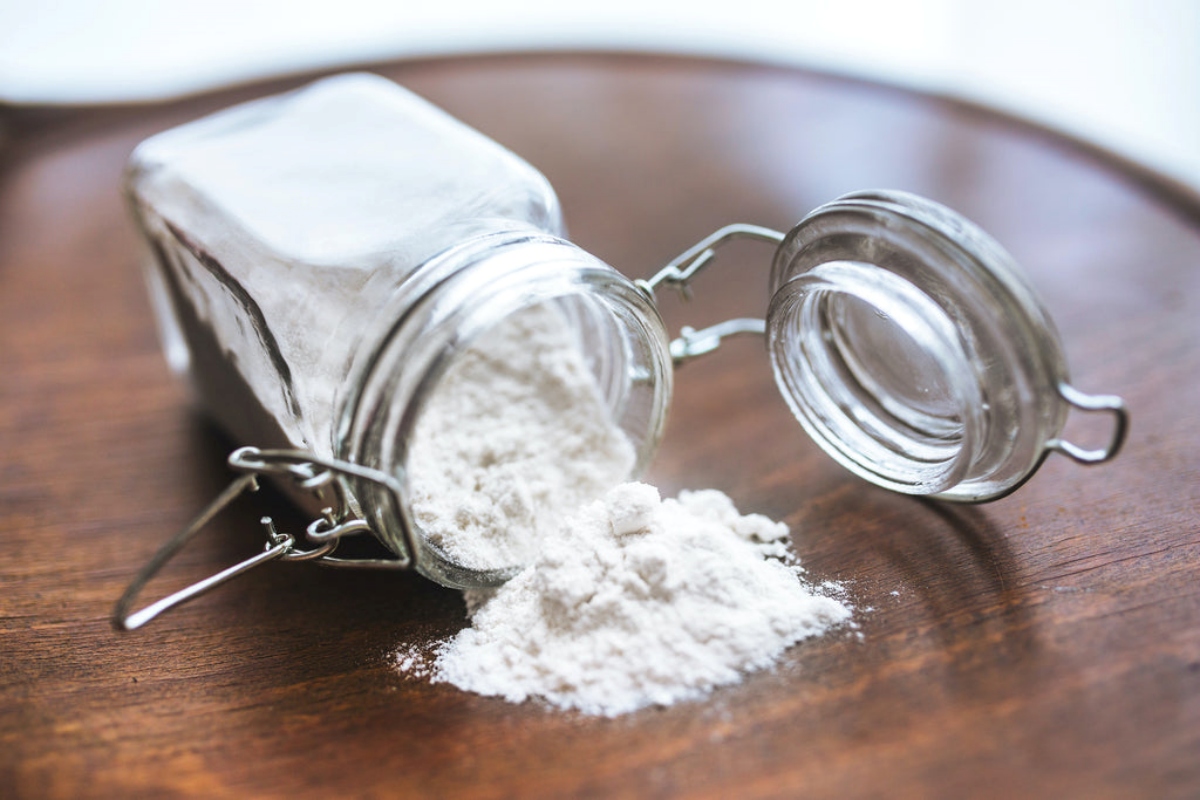
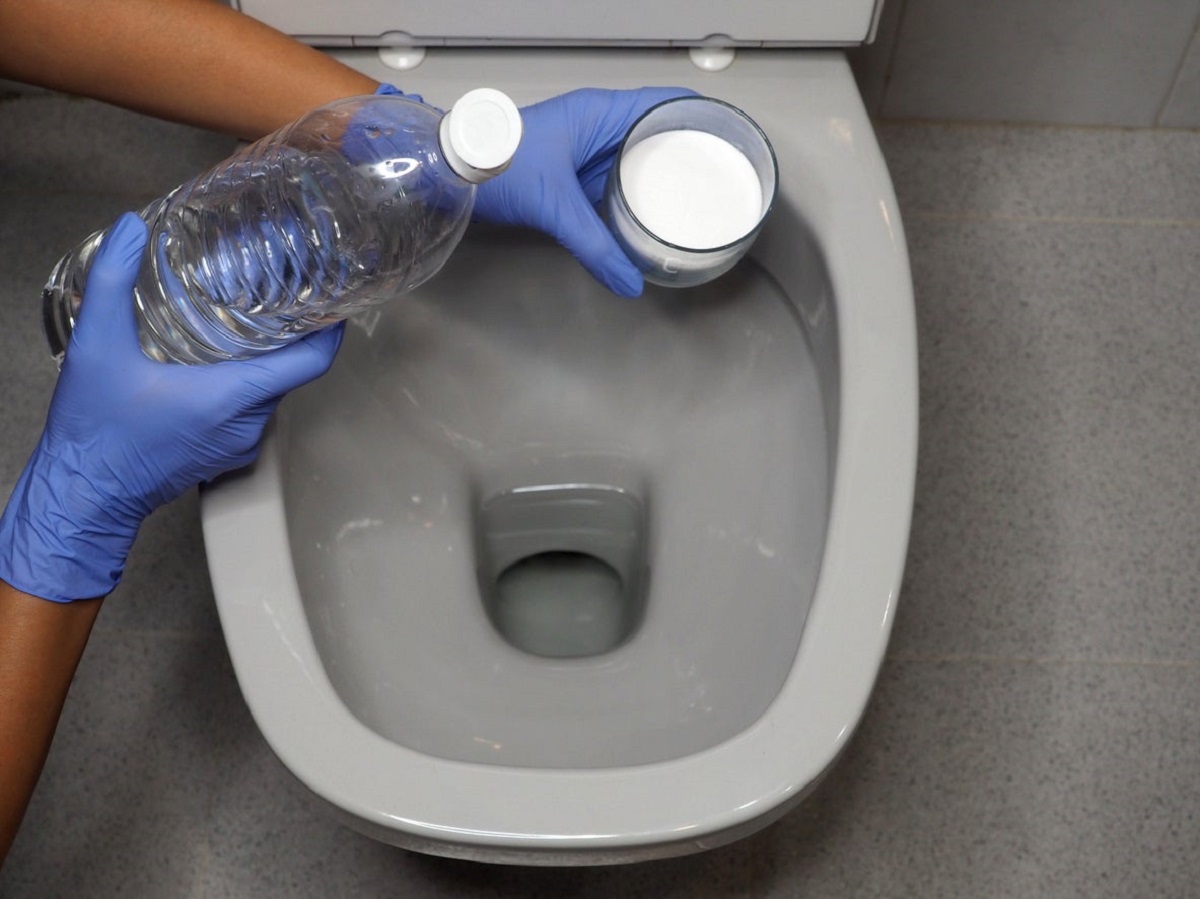
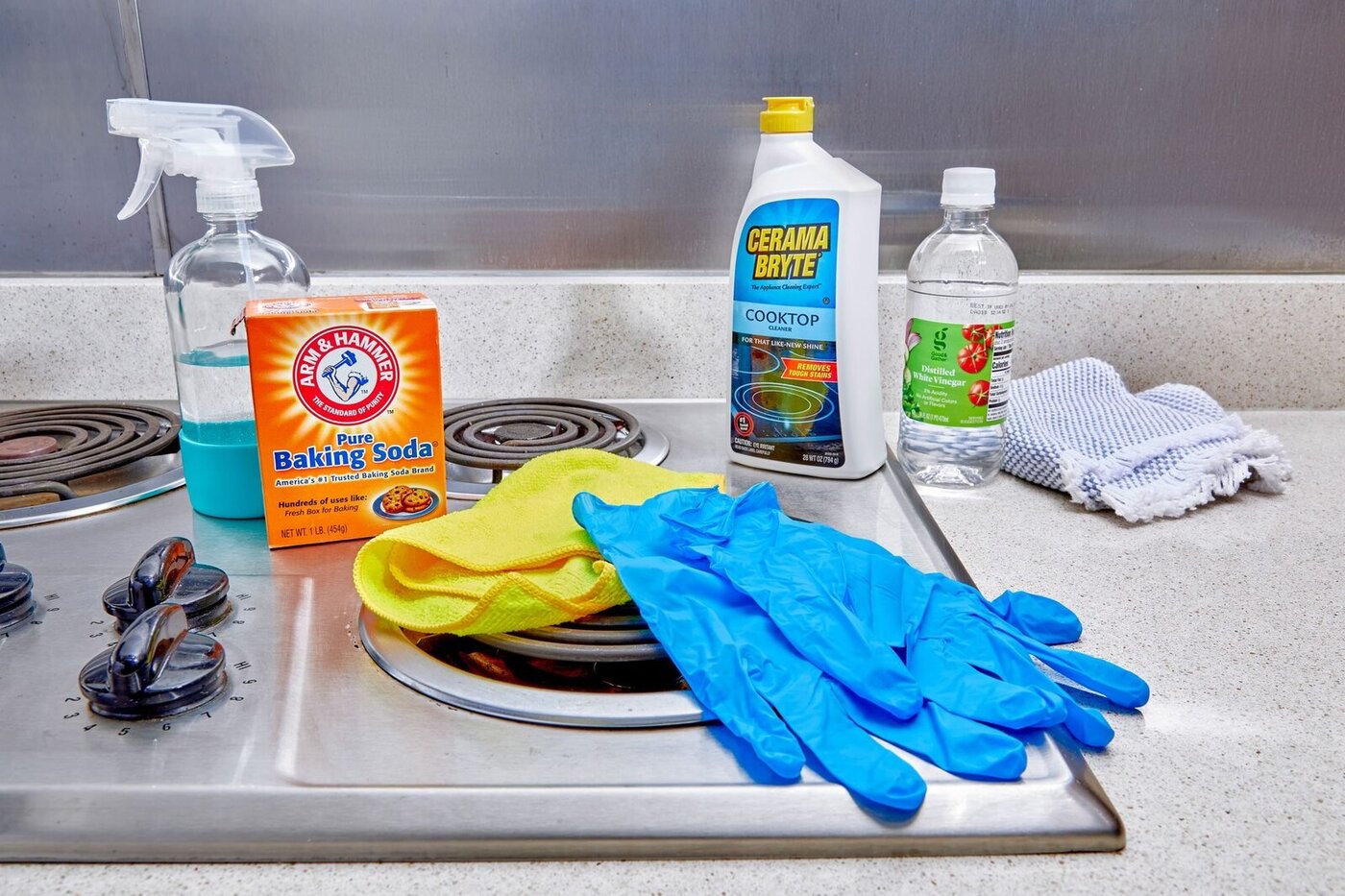
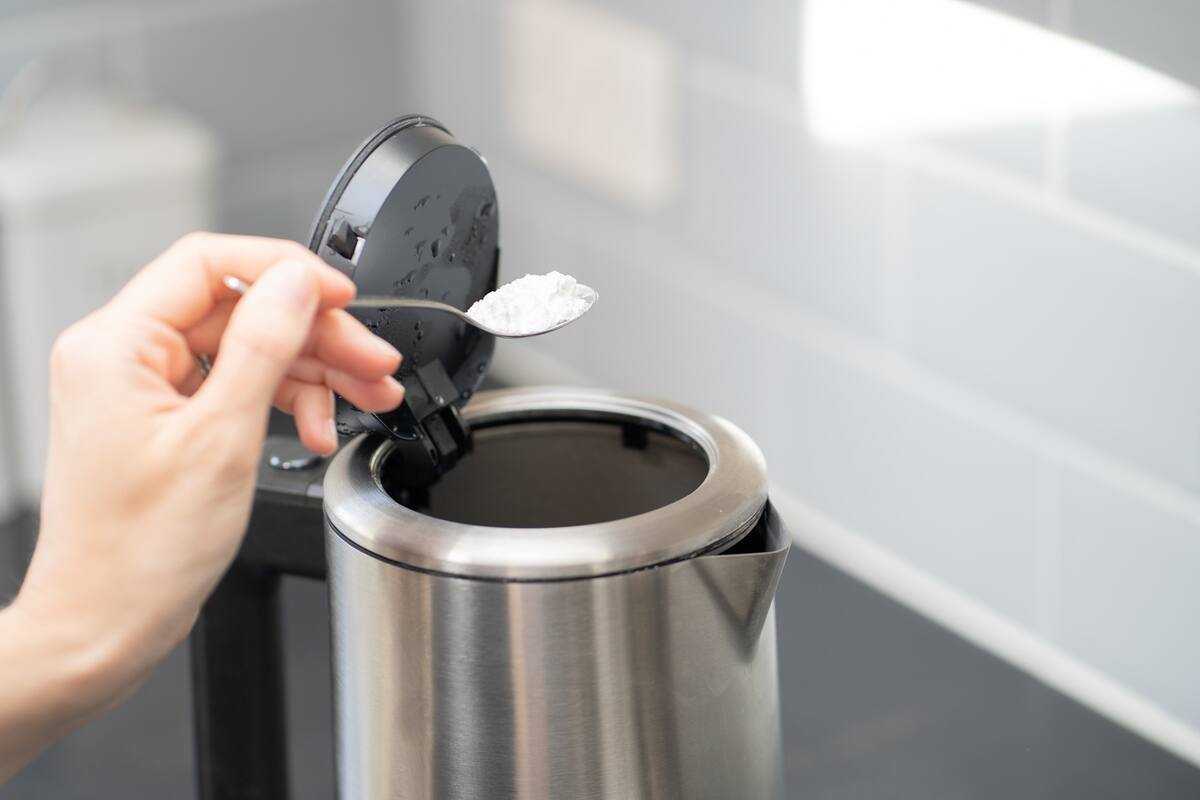

0 thoughts on “How To Clean Glass Baking Dish”